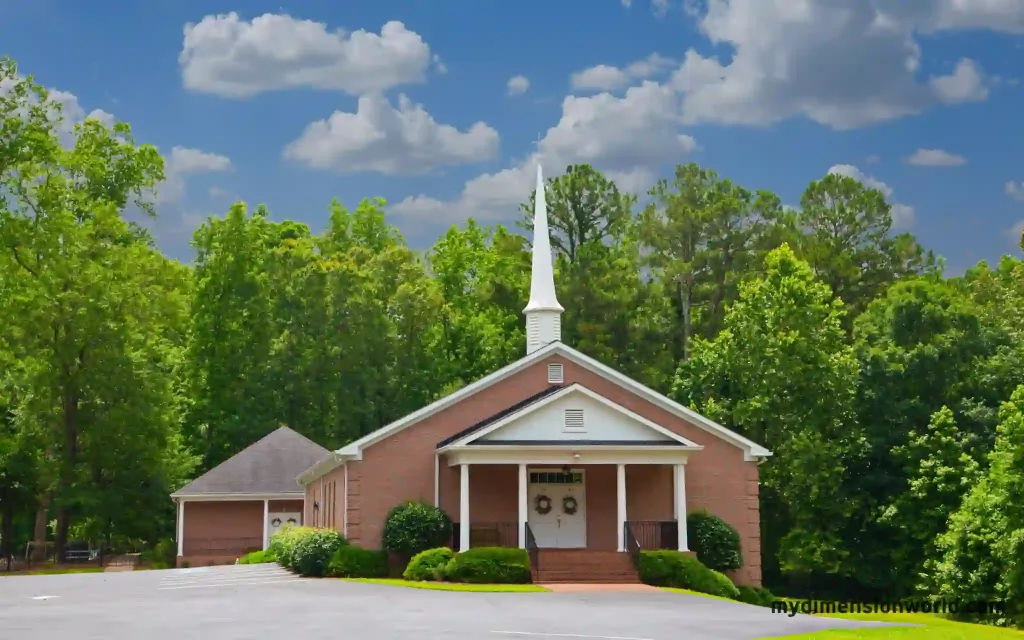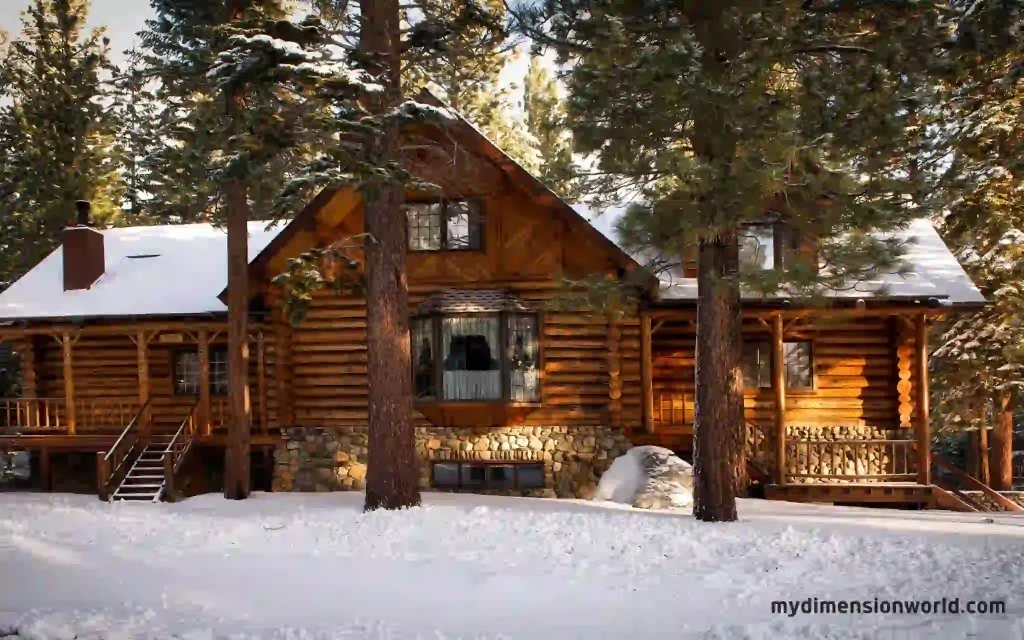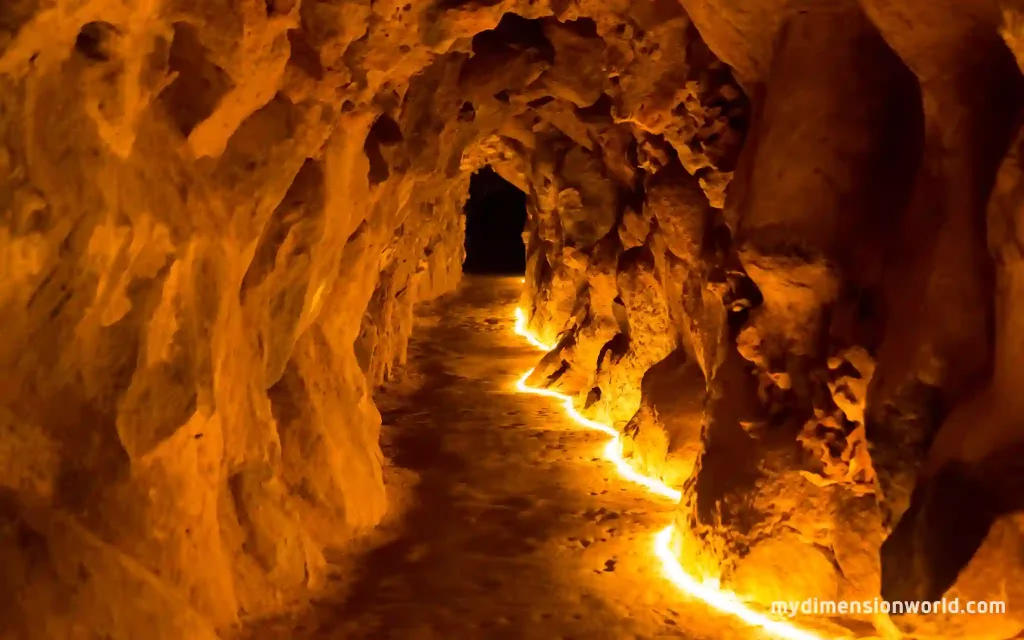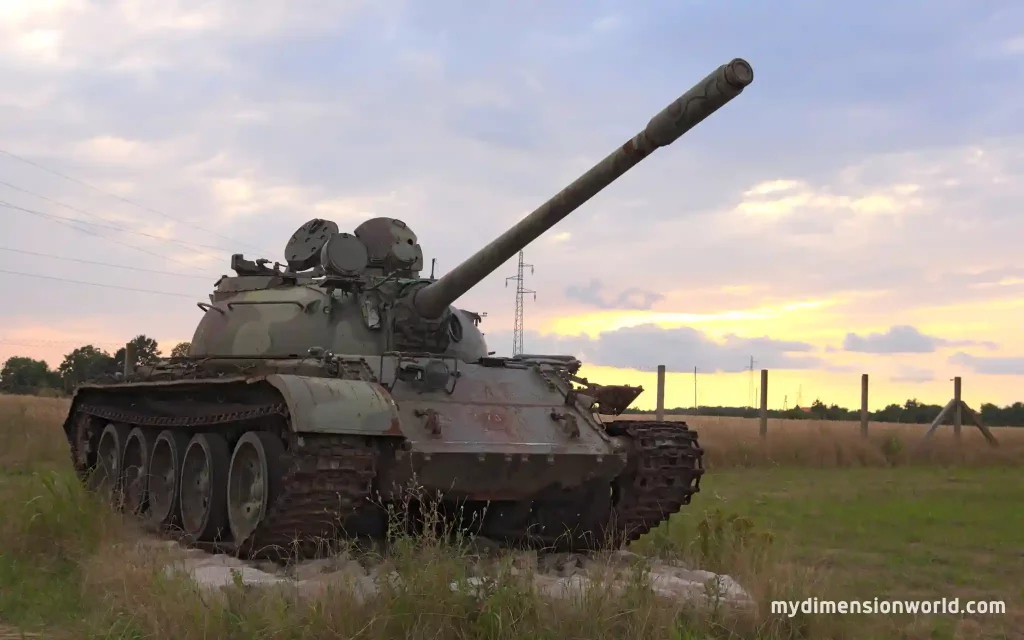Have you ever stopped to think about the many objects around 52 feet long? From transportation modes to sports equipment, natural wonders, artistic creations, buildings, and military vehicles, there is much to explore around this particular length.
While it may seem like a random number at first glance, 52 feet long objects can be found in our everyday lives and across various fields.
Contents
1. Small Churches

One example of a building approximately 52 feet tall is a small church, often found in rural communities across America.
These buildings were typically constructed using simple materials such as wood and stone and were designed to provide a place for worship and community gatherings. Many of these churches still stand today and have become important cultural landmarks in their respective communities.
One such church is the St. Mary’s Church in Franklinville, New York. Built-in 1836, this small wooden church stands 52 feet tall, making it a perfect example for this article.
It was initially used as a community gathering place and later converted to a Catholic church. Today, it remains an important historical site in Western New York.
2. Cabins

Cabins are another type of building that can be found at around 52 feet wide or long. These structures have been famous throughout American history.
As they offer simple living quarters for those who seek solitude or enjoy outdoor activities such as camping or hunting. One noteworthy cabin that measures 52 feet long is the Lincoln Log Cabin in Lerna, Illinois.
This cabin was built by Thomas Lincoln, father of Abraham Lincoln, in 1845 and served as the family home until they moved to Indiana a year later. Today it remains a popular tourist attraction due to its historical significance.
3. Historical Context

Buildings that measure approximately 52 feet long or tall are typically associated with simpler times in American history when people relied on primary materials and structures to meet their needs.
These buildings often represent important cultural landmarks within their communities and remind us of our country’s rich history.
It is interesting to note how these types of buildings reflect trends and architectural styles from different periods throughout American history.
For instance, small churches were commonly built in the early 19th century when many rural communities were first established.
At the same time, cabins were popular among pioneers who sought to live off the land during westward expansion.
4. Waterfalls: A Powerful Force of Nature

Waterfalls have always been a significant part of nature’s beauty and are considered one of the most awe-inspiring natural wonders. These are around 52 feet tall and are classified as small to medium-sized, but they are still powerful enough to create a lasting impression.
Sutherland Falls in New Zealand, located on the Milford Track, is an example of such a waterfall. This incredible waterfall has three drops, with the first measuring at 751 ft (229 meters) and the last at 190 ft (58 meters).
Another notable waterfall approximately 52 feet tall is the Bridal Veil Falls in Tallulah Gorge State Park, Georgia. The force behind waterfalls can be attributed to gravity and water pressure.
The water falling from a height creates a considerable amount of kinetic energy that generates enormous pressure, causing it to break down rocks and soil over time, creating a beautiful cascade.
In addition to their breathtaking beauty, waterfalls provide an essential ecosystem for aquatic animals and plants.
5. Caves: The Mystical World Beneath Our Feet

Caves are another natural wonder that can span for miles underground or deep into mountainsides, and sometimes they can be around 52 feet long or more.
There are many types of caves globally, each with unique features and characteristics ranging from limestone formations to underground rivers.
For instance, Mammoth Cave National Park in Kentucky has over 400 miles of explored passageways; this cave system attracts tourists worldwide because it contains impressive natural formations like gypsum flowers.
Other notable caves around this length include Black Chasm Caverns in California, which has an expansive network of rooms connected by narrow passageways; Neptunes Grotto, located on Sardinia Island in Italy.
Consisting primarily of white calcite formations on the walls; and Carlsbad Caverns National Park in New Mexico, which is famous for its impressive stalactites and stalagmites.
6. The Power of Natural Wonders
Natural wonders like waterfalls and caves are perfect examples of nature’s beauty. They remind us that we live in a world filled with power and mystery. These natural phenomena, some around 52 feet long, are visually stunning and provide a unique ecosystem to sustain life on Earth.
Every day, scientists discover new natural wonders that continue to amaze us. Understanding the geological processes that create these marvels helps us appreciate the beauty around us.
7. Mural: The City of Los Angeles by Judy Baca

One of the most iconic murals in Los Angeles is “The City of Los Angeles,” located on the Tujunga Flood Control Channel. The mural is approximately 52 feet long and 18 feet high, covering the entire length of a concrete wall. Created by artist Judy Baca in 1978, it took nine months to complete.
The mural depicts the history, culture, and diversity of Los Angeles through various images, such as Native Americans, laborers, and farmers. Baca incorporated elements of social justice into her work through symbolism, one example being a cracked bell that represents broken promises between various cultures within the city.
Additionally, she included an image of herself painting alongside other artists to pay homage to those who helped create the mural. This particular piece blends history with art in an innovative way that captures the essence and spirit of Los Angeles.
8. Tanks

Tanks are powerful pieces of military machinery that are around 52 feet long. These vehicles have been used in various conflicts throughout history and remain a staple of modern warfare.
The M1 Abrams, for example, is a U.S. Army tank that measures around 32 feet in length and can reach speeds of up to 42 miles per hour. It also can fire rounds from its main gun up to approximately 2 miles.
9. Aircraft Carriers

Aircraft carriers are massive ships that serve as mobile airbases for naval operations. They measure around 1047 feet in length, but their flight decks alone are approximately 52 feet wide.
These carriers can carry dozens of aircraft and thousands of crew members and supplies. The United States Navy operates several aircraft carriers, including the USS Nimitz and Gerald R. Ford.
Conclusion
The world is filled with objects that measure approximately 52 feet long, from vehicles to natural wonders and artistic creations.
Military vehicles like tanks and aircraft carriers play a significant role in our national defense and showcase the impressive technological advancements made by our armed forces over the years. Overall, exploring objects around this length provides insight into both practical applications and creative endeavors that have utilized this measurement uniquely.
Whether appreciating the grandeur of natural formations or admiring intricate works of art, there’s no shortage of fascinating things about 52 feet long.
